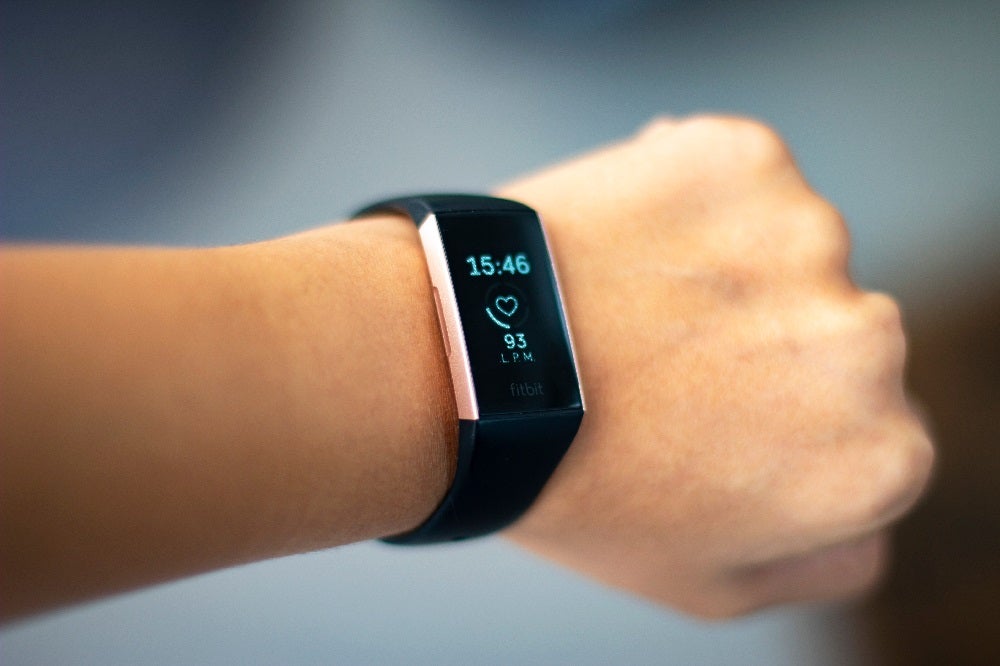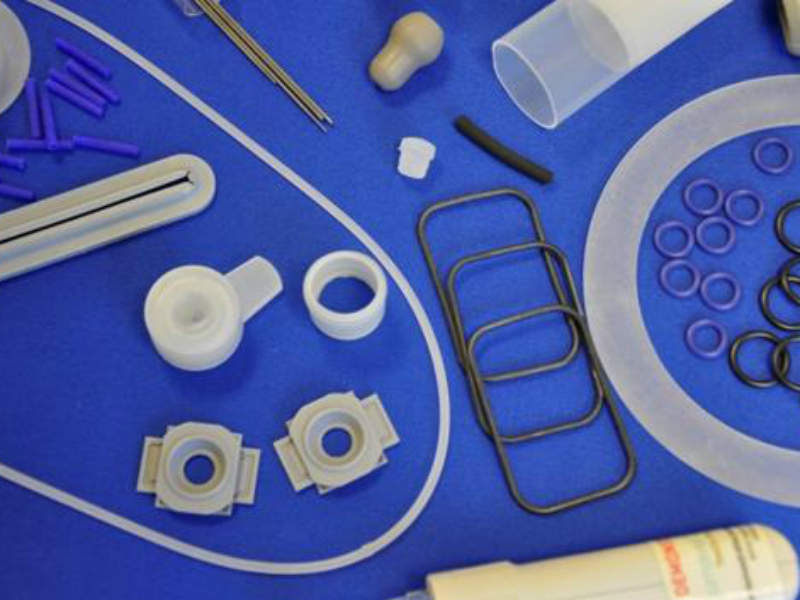
As wearable tech, mobile health and telemedicine continue to evolve, remote patient monitoring (RPM) devices are becoming essential tools for healthcare professionals and show promise for more than just managing chronic health conditions.
RPM devices collect patient data outside of a traditional healthcare setting via an external or implantable device that then transmits the data to healthcare professionals for evaluation. They can collect data on blood pressure, heart rate, vital signs, weight, temperature and blood sugar levels, and can transmit the data anywhere and anytime. During the Covid-19 pandemic, in-person appointments were limited to reduce the spread of the virus, resulting in RPM devices being one of the most in-demand industries of 2020 and 2021. GlobalData forecasts the RPM market will be worth $760m by 2030, up from $548.9m in 2020 at a compound annual growth rate (CAGR) of 3.3%. For more information, see GlobalData’s Remote Patient Monitoring Devices – Thematic Research report.
Medical device companies and patients were forced to adopt virtual care services during the Covid-19 pandemic, resulting in the rapid expansion of mobile care apps, telehealth platforms and increased demand for remote health monitoring solutions. Many patients now appreciate the convenience and accessibility of at-home care and are actively engaged in monitoring their own health via mobile apps, smartwatches, smartphones and fitness trackers. GlobalData forecasts the wearable tech sector alone to be worth $54.4bn next year, up from $22.9bn in 2018 at a CAGR of 19%.
Barriers to the use of RPM, such as privacy concerns and uncertainty about device capabilities, are diminishing. A GlobalData poll found that 66% of 201 respondents are more willing to use a remote monitoring device now than before the pandemic, despite privacy, efficacy or other concerns. This paradigm shift has resulted in a larger target audience for RPM devices. Patients with chronic diseases such as arrythmias, diabetes and chronic kidney conditions continue to benefit the most from continuous remote monitoring, as any change in their condition could require urgent medical attention. Despite this, 37 different companies have launched RPM products for Covid-19 use cases, according to GlobalData’s Marketed Products Database. Other companies have adapted existing RPM technology to offer at-home solutions for general diagnostic purposes. Pressure has also increased on medical device companies to maintain quality of care while investing in data security and privacy for their new virtual healthcare solutions.
<




